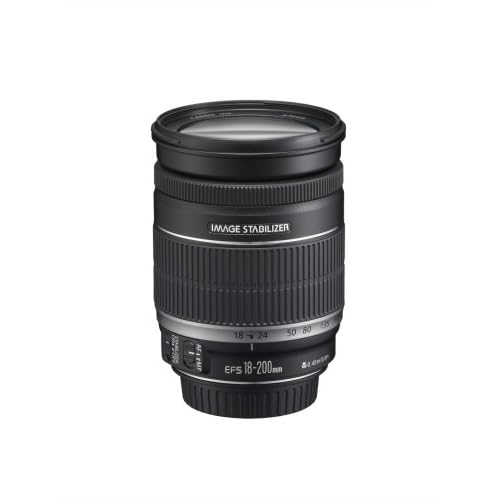Shopping for a less expensive lens with Canon "L" lens level of quality?
 |
| Tamron 28-75mm Lens for Canon |
How do you really feel about third party lens companies?
This Tamron 28-75 Review is a result of my love affair with third party producers. That lens is attached to my Canon 30D most of the time.
At the time that I made a decision to move from a point and shoot camera to a digital SLR, I determined that I would not get the kit lens that came with the Canon Rebel 300D. At the time, the kit lens was not highly regarded at all by most photography websites.
The Tamron 28-75mm lens for Canon rose to the top of the heap as I did my research. This was based on several factors, not the least of which was my budget. I have upgraded my camera body a couple of times, but my trusty 28-75 lens has remained my prime all purpose lens.
Since it is not a Canon L lens, it does not get the respect that those highly revered lenses get in all the reviews, however, this little Tamron lens is really excellent.
There are two things I have come to appreciate about my main walk-about lens.
 |
| Morning Glory - Taken with Tamron 28-75mm Lens for Canon |
Next is the rapid focus. I have used some Canon L lenses, and my Tamron performs just as well as those costly models. The bokeh is really nice too. If you are not familiar with the term "bokeh", bokeh is when the background of a photo is pleasantly blurred. This happens when you shoot your picture at a fairly wide aperture (like 2.8). The plane of focus is quite shallow, rendering the background and foreground as blurry.
Not too long ago, I was talking with a photographer buddy of mine who was doing some work at my school. He knows that I am also a photographer. He was not using his tripod as he normally did. That's when he told me that he had just bought this "brilliant little lens" for his Canon 5D. He was so impressed with his new lens that he was passionately recommending it to all his photography friends.
The lens he was talking about was the Tamron 28-75mm lens for Canon digital SLRs. I was quite shocked that a pro photographer would even think to attach a third party lens to such an extraordinary camera as the 5D.
Thinking back though, I should not have been that shocked. Of course, I have been defining the virtues of this superb lens for years. But I had always thought of the Tamron 28-75 lens as a beginner Canon digital slr lens.
 |
| This close crop of a Sunflower gives you an idea of how sharp the images are with this lens. |
Just consider it, you will be happily surprised after shooting a few frames at how effectively the lens handles, the high quality images that it produces, the quick focus, and the satisfying bokeh. Oh, and the value. You will save a bundle of cash if you buy this lens instead of an L lens of the same focal length and aperture.
The Tamron 28-75 lens for Canon digital slr cameras is an excellent choice as a less expensive walk around lens. Be sure to compare it to some other all purpose Canon EOS lenses before you make your final purchase decision.




